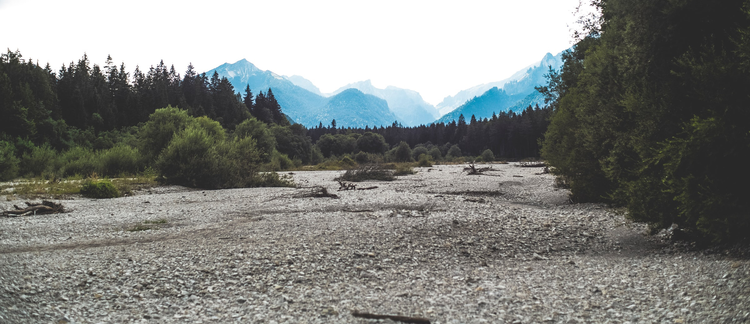Abstract
This paper examines images of desirable postgrowth communities pursued by activist architects in Bologna and Tokyo. Their visions are differently shaped by the distinct architectural and cultural environments in their respective cities. Nonetheless, they share an anti-growth, "beautifully poor" aesthetic that seems to challenge the dominant political values of liberal nations in the post-World War II era, redefining the democratic public in terms of spontaneity and conviviality. Conceptions of successful communities in rich countries have been shaped around the presumption that they must sustain citizens' material wellbeing by sustaining economic growth. But given the global environmental and social justice problems that have resulted from a single-minded focus on growth, we need new imaginaries of communities that can thrive without economic growth, especially in the global north. Decades of low to zero growth and demographic decline in Italy and Japan are forcing community stakeholders from elected officials to urban planners to confront the question of how to maintain good communities even where material affluence is irrevocably diminished.
Keywords: degrowth, public space, urban planning, architecture, political ecology
How to Cite:
LeBlanc, R. M., (2017) “Designing a beautifully poor public: postgrowth community in Italy and Japan”, Journal of Political Ecology 24(1), 449-461. doi: https://doi.org/10.2458/v24i1.20883
Downloads:
Download PDF
View PDF
2159 Views
872 Downloads

